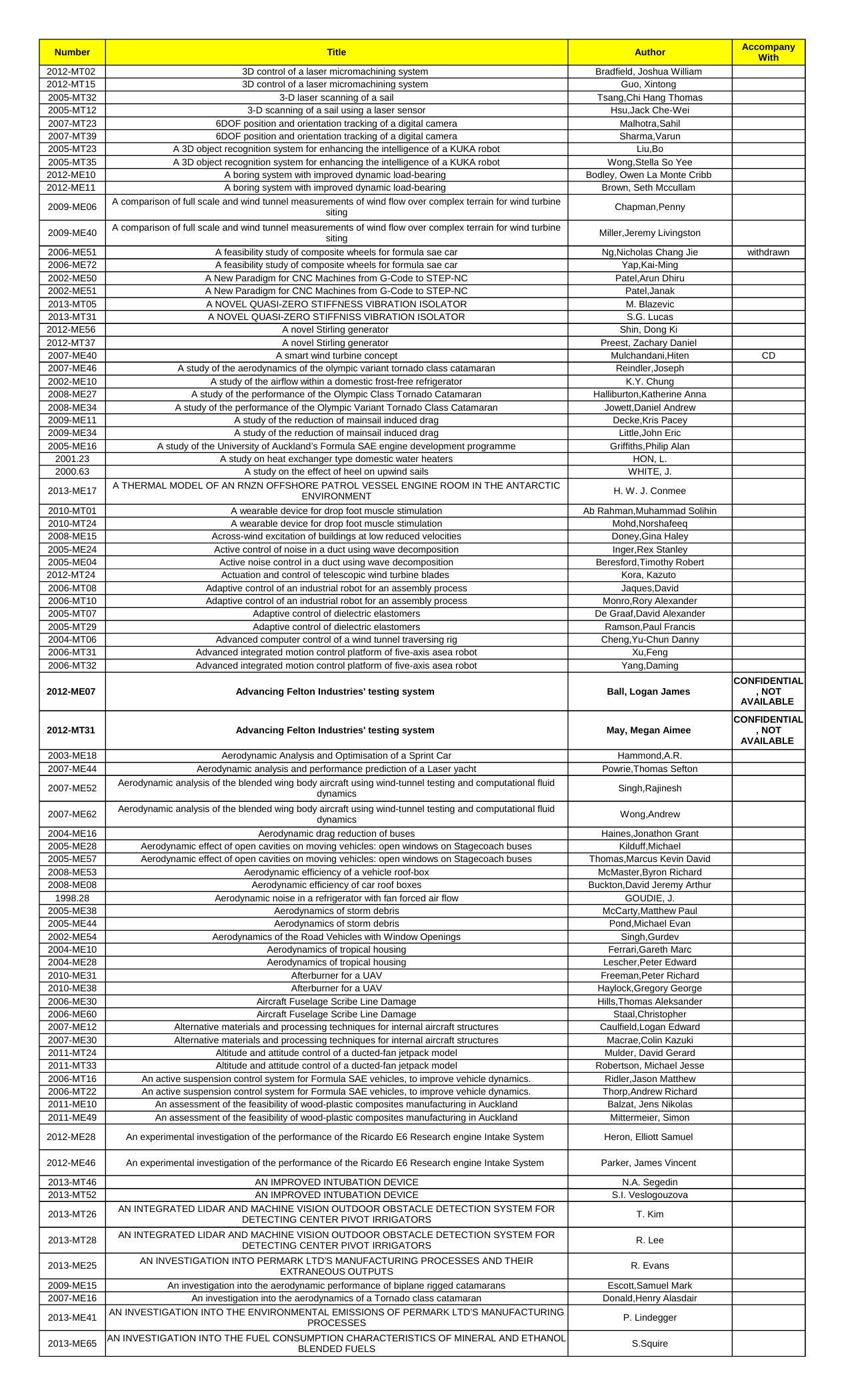

Currently, orthotopic organ transplantation is the only effective way to achieve this however, it is seriously limited by issues such as donor shortage, high price, immune rejection and ethical conflict 7 – 9. Throughout history, people have tried many ways to prolong life through substitution or restoration of defective/failed organs. Bioartificial organ manufacture has been a long-term dream since then beyond the memory of man 4 – 6. Organ failure is the leading cause of mortality all over the world despite advances in interventional, pharmacological, and surgical therapies 1 – 3. These technologies hold the promise to greatly improve the quality of health and average lifespan of human beings in the near future. This is the first time that advanced bioartificial organ manufacturing technologies have been reviewed. One of the most promising bioartificial organ manufacturing technologies is to use combined multi-nozzle three-dimensional printing techniques to automatically assemble personal cells along with other biomaterials to build exclusive organ substitutes for defective/failed human organs.

According to the degree of automation, organ manufacturing technologies can be divided into three main groups: (1) fully automated (2) semi-automated (3) handworked (or handmade) each has the advantages and disadvantages for bioartificial organ manufacturing. During the last ten years, significant progress has been achieved in the development of various organ manufacturing technologies.
#Ecm tools neil corlett series
Bioartificial organ manufacturing technologies are a series of enabling techniques that can be used to produce human organs based on bionic principles.


 0 kommentar(er)
0 kommentar(er)
